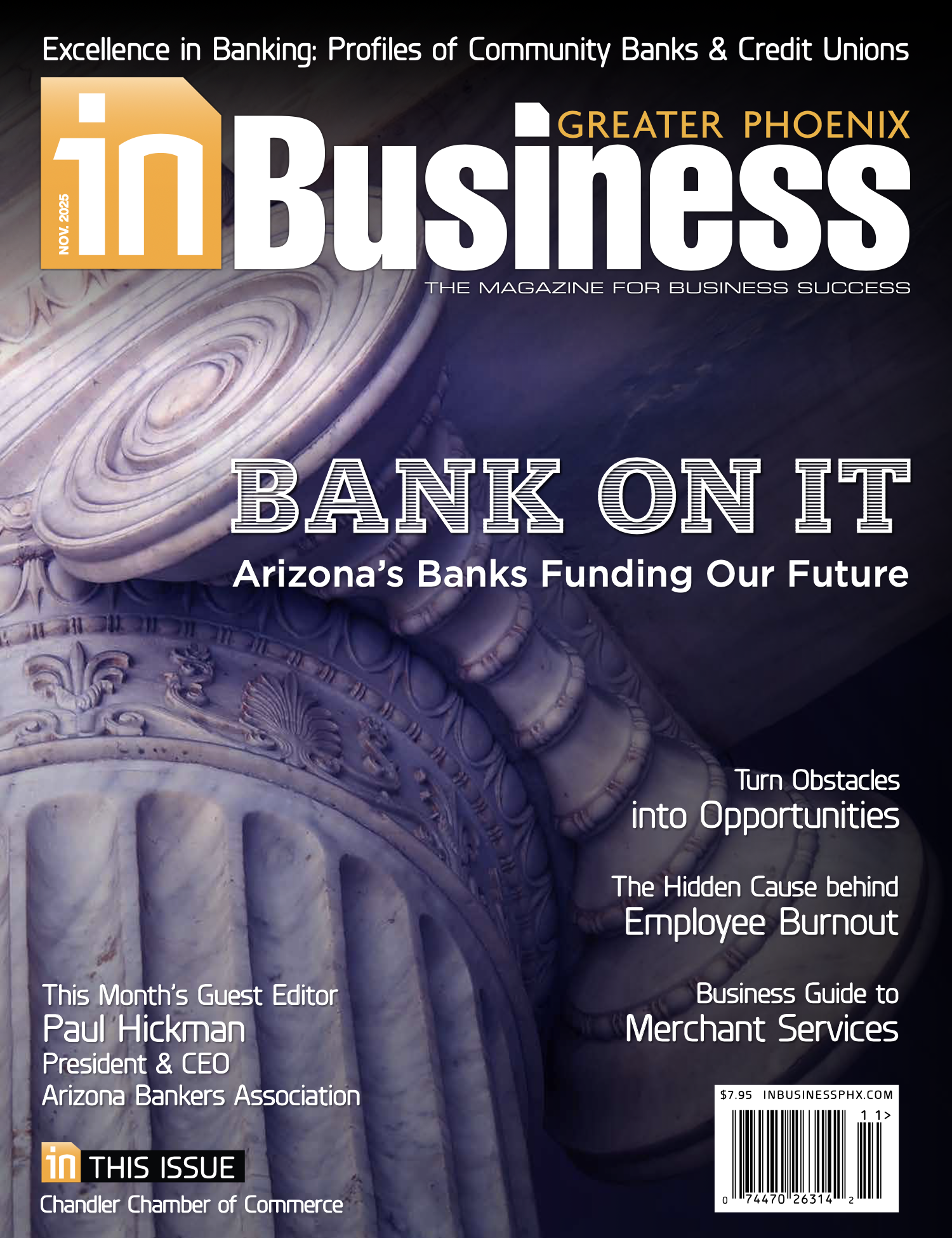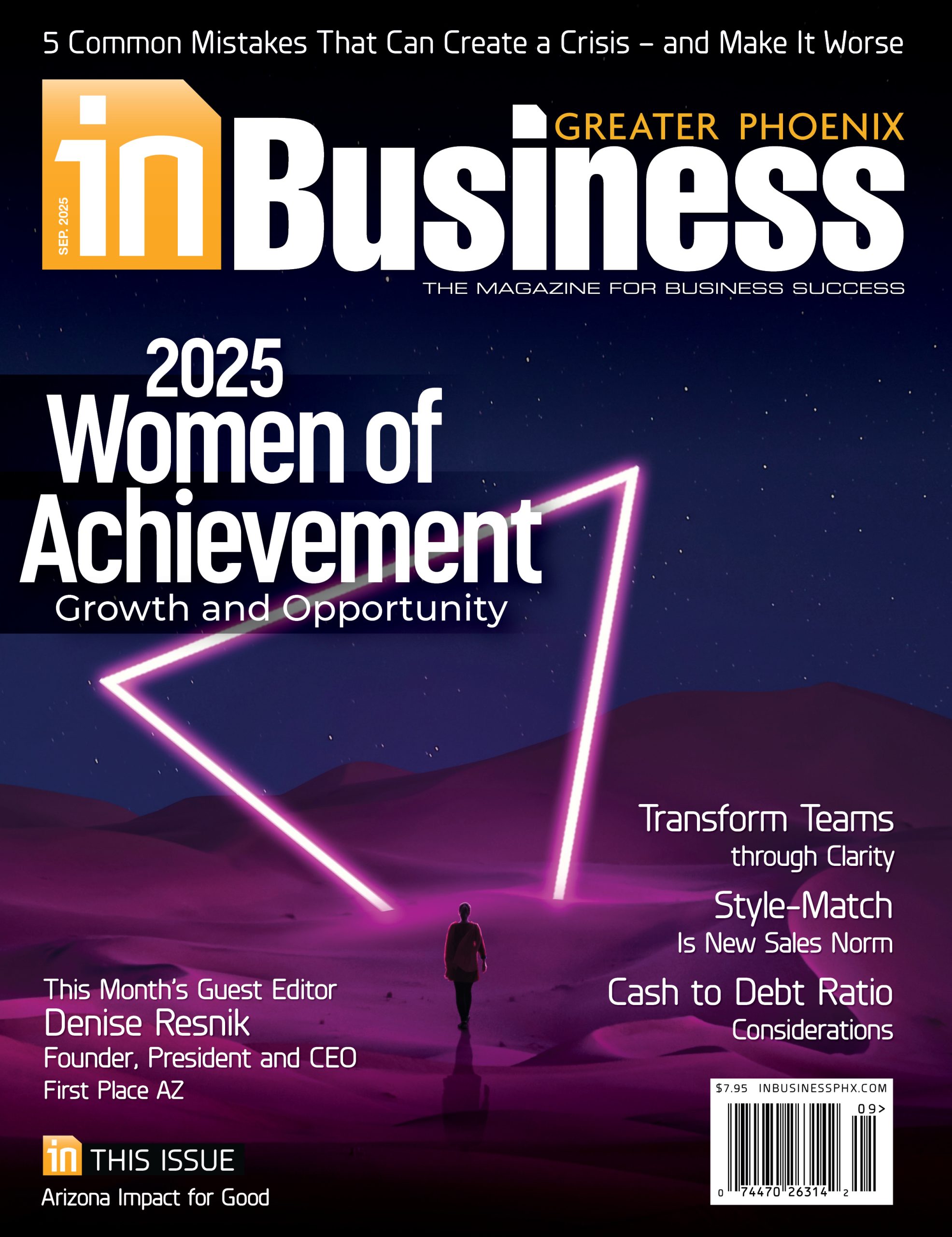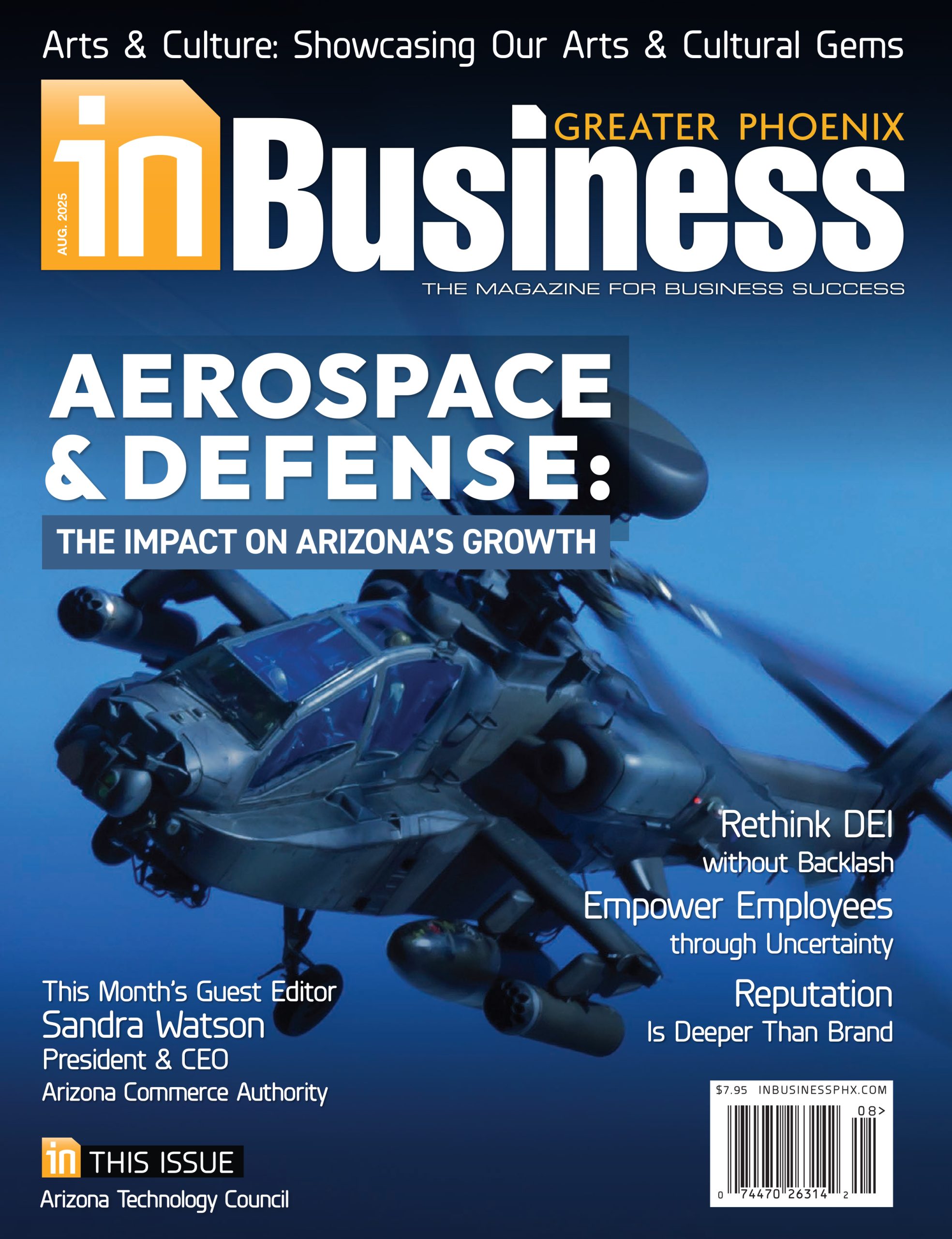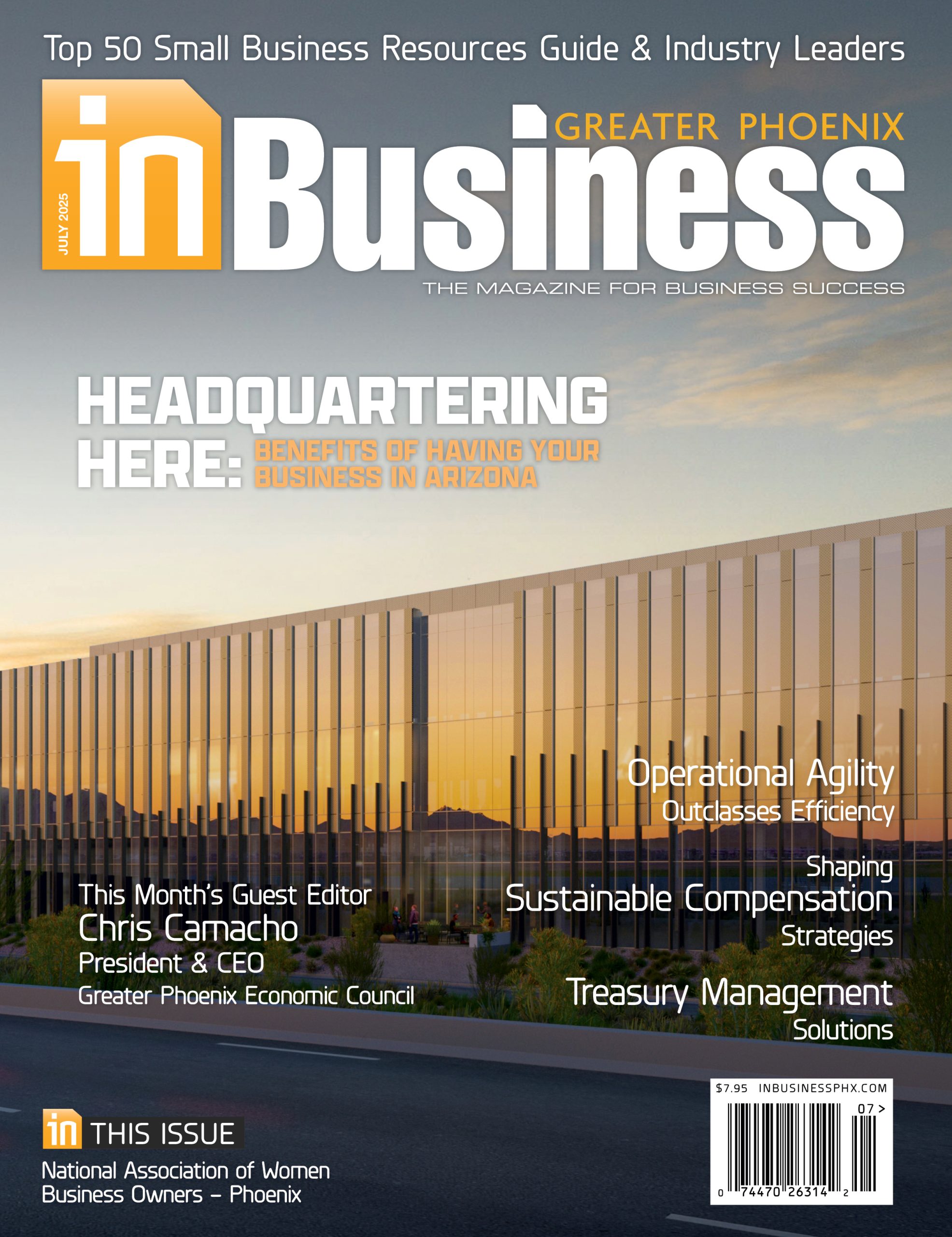 Donors and volunteers once filled with energy, enthusiasm or indignation for social causes have gone a bit silent. Their new mantra: Wait and see what happens.
Donors and volunteers once filled with energy, enthusiasm or indignation for social causes have gone a bit silent. Their new mantra: Wait and see what happens.
Psychologists suggest that an increase in apathy is to be expected in a world filled with uncertainty. To be sure, there’s a lot of it to go around: global political upheaval, regional warfare, rising costs for basic needs, divided politics, wildfires, floods and hurricanes.
A lack of engagement and interest in societal issues happens when individuals feel overwhelmed or powerless — or, worse, that their individual actions won’t make a difference. What’s more, community apathy can become the norm, making it that much easier for individuals to tune out.
But it’s not all doom and gloom for nonprofits. There is good news, actually. Really good news. Nonprofits today have more technological options at their disposal to connect even more deeply with key donors than they ever did in the past. They also can turn up the volume on time-tested personal outreach and rekindle passion from their donors.
Embrace Connection through Technology
According to Nathan Chappell, author of The Generosity Crisis, on average, people interact with 4,000 algorithms per day, receive 300 emails per day and scroll 300 feet on their phones daily.
With all that noise in what has been coined the “attention economy” — where everyone wants your attention — he says nonprofits face competition for real connection with their donors. He concedes that donor response to so much hyper stimulus looks a lot like apathy. The answer to breaking through, he admits, seems antithetical: more technology. Chappell’s new book is titled Nonprofit AI: A Comprehensive Guide to Implementing Artificial Intelligence for Social Good.
“Machine-learning has honestly unlocked insight about charitable giving that has never been answered before,” says Chappell, “like what donors and non-donors actually look like from a math perspective. It’s taught us that giving has very little to do with wealth, yet 80 percent of the fundraising market uses wealth data as a way of identifying donors.”
It really should be about connection, which — ironically — is where machine-generated AI comes in. “It’s not just another Netflix subscription,” says Chappell. “Generative and predictive AI can unlock deep, personal relationships. It has to be a personalized experience that transcends.”
Gabe Cooper, founder and CEO of Phoenix-based Virtuous, agrees. “The most effective fundraisers in this new world understand who their donors are and how to be way more personal in their outreach in order to break through the noise.” Virtuous and Cooper help charities reimagine generosity through nonprofit-specific Customer Relationship Management software (CRM).
Combining marketing automation with first- and third-party data — what people click on, how they engage with an organization, their demographic data — is key, Cooper says. “If you know who somebody is, what they care about and how they’re behaving, you can automate the right message at the right time on the right channel, or even prompt your team to make the right phone call at the right time.”
Pursue Profound Connection
Of course, human interaction remains key. Yes to phone calls, coffee and lunches, but also yes to a fundraising mindset that is relationship- and retention-driven rather than transaction-driven. “You’re aiming for radical connection — bringing people in you want to keep, whom you want to foster so they’ll give again and again,” says Chappell. “It also involves surveying or asking donors about the depth of their affiliation with the nonprofit, asking if your nonprofit is an amplifier or a barrier to a donor’s generosity.”
Gone are the days of “spray and pray” marketing — every donor getting the same piece of mail — adds Cooper. What does personalized marketing automation look like? “Your donors should get a personalized text message — connected to the reason that they gave,” he says. “Then they get an email directing them to a personalized landing page based on what they gave. They should get all of that within the first ten days of their gift.” Then they get a postcard in the mail closing the loop on the impact their gift made in the world.
The proof that it works? Cooper’s clients, on aggregate, see an increase in donor retention of 12%, with many donors increasing their gifts by an average of 50%.
In the end, the biggest factor in stemming the tide of fundraising apathy comes down to creativity. Get to know donors, embrace AI, share the stories of lives touched as a way to reiterate the importance of philanthropy and volunteerism. And consider thinking more commercially: Partner with companies that share a consumer base aligned with your prospective donors.
Build your case with personal touch and tech, statistics and stories.
Human Empathy and Giving
A growing body of research indicates that humans react with more compassion to single individuals in need versus groups in dire situations. In fact, stories of individuals result in greater donations, according to a research paper on PLOS One, titled “Compassion Fade.” Why? It seems it is more difficult for humans to harness the needed emotion for groups of people — resulting in “compassion fatigue” — versus a single individual.
Research at ASU further supports the effectiveness of storytelling as a way to increase empathy and, as a result, giving. Organizations should keep these realities in mind when crafting fundraising campaigns for a society that, already, is emotionally strained, itself.
Richard Tollefson is founder and president of The Phoenix Philanthropy Group, an Arizona-based international consulting firm serving nonprofit organizations as well as institutional and individual philanthropists.
Did You Know: The middle-class donor is disappearing, with fewer donors giving and the biggest donors giving the most, according to Nathan Chappell, who shares: Once, the largest donors gave 80% while others filled in at 20%; trends are moving toward 90/10 and 95/5. In 2001, two-thirds of Americans gave to charity; by 2021, less than half were reported giving to charity.















